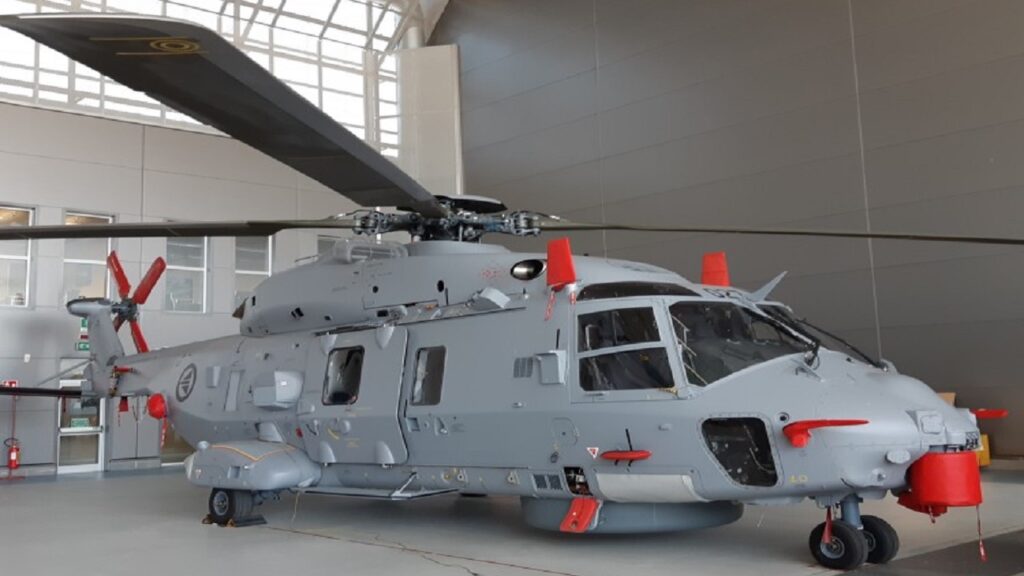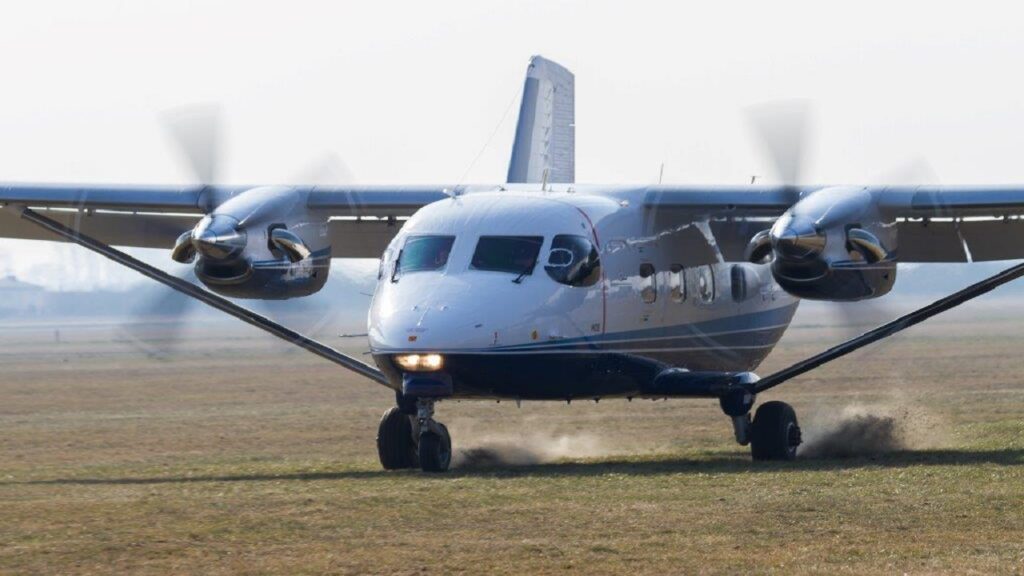
HH-60G Pave Hawk is a medium lift combat search and rescue (CSAR) helicopter built by the Sikorsky Aircraft Corporation for the US Air Force and the Republic of Korea Air Force.
It is derived from the UH-60A Black Hawk helicopter. It can be transported by C-5 Galaxy and C-17 Globemaster III transport aircraft.
The HH-60G is being currently operated by Air Combat Command, Pacific Air Forces, Air Education and Training Command, USAFE, Air National Guard and Air Force Reserve Command.
HH-60 recapitalization programme
The HH-60 Recapitalization Program was announced by the US Air Force in 2010 to supersede the ageing fleet of 112 HH-60G Pave Hawk helicopters with new aircraft.
A contract will be awarded for the programme in 2013. The programme mandates initial delivery of eight aircraft with all training and support systems in place.
Four of the eight aircraft will be deployed for training, while the remaining ones will be assigned as mission aircraft. Initial operating capability (IOC) is planned to be achieved by the year 2018.
Lockheed Martin and Sikorsky announced a joint pursuit in July 2010 to bid for the programme. Both companies proposed to jointly develop an overhauled version of Sikorsky’s UH-60M Black Hawk for the programme. The proposal was submitted in April 2010, in response to the USAF’s request for information with regard to the programme.
If the contract is won, Sikorsky will be the prime contractor, while Lockheed Martin will supply the major subsystems.
Mission capabilities of the HH-60G Pave Hawk
The primary mission of the HH-60G is recovery of personnel from hostile regions. The helicopter additionally executes search and rescue, medical evacuation, disaster relief, humanitarian assistance, security cooperation, counter drug activities, Nasa space shuttle support and rescue command and control missions.
The HH-60G Pave Hawk was used in several operations, including Operation Desert Storm, Operation Allied Force, flood relief operations in Mozambique, search and rescue operations after Hurricane Katrina, Sri Lanka tsunami flood relief and Operation Tomodachi during the earthquake and tsunami in Japan.
The development of the UH-60A Black Hawk began in 1981. The helicopter entered service with the US Air Force in 1982. It was upgraded with an in-flight refuelling probe and a 97.5 gallon capacity auxiliary fuel tank. The upgraded version was renamed as the HH-60G Pave Hawk in 1991.
The HH-60G features foldable main and tail rotor blades, a dragging tailwheel landing gear system, an external store support system and optional tactical data receiver. An engine / rotor blade anti-ice system enables the aircraft to be operated comfortably even in hostile environments.
The helicopter houses backward slewing lockable doors on either side of the cargo compartment. There are two gun ports on the sides of the fuselage to accommodate 0.50 cal machine guns or M134 miniguns.
Cockpit, avionics and countermeasures of the US Air Force operated helicopter
The HH-60G features a pressurised cockpit compatible with night vision google lighting. The cockpit can accommodate four crew members including the pilot, co-pilot, flight engineer and gunner.
It is equipped with automatic flight control system, inertial navigation system, global positioning system and lightweight airborne recovery system.
The avionics suite installed in the HH-60G include AN/APN-235 Doppler navigation system, AN/APN-239 weather avoidance radar, AN/AAQ-16 forward looking infra-red imaging system, PRC-112 survival radio, An/ARC-210 SATCOM, AN/APN-239 colour weather radar, AN/ARC-220 earth digital radio and AN/ARC-222 SINCGARS radio system.
The HH-60G is equipped with an AN/ALQ-202 radio jammer, AN/ALQ-213 electronic warfare management system, AN/APR-39 radar warning receiver, AN/ALQ-144 infra-red countermeasure system, infra-red missile jammer, infra-red suppression system and flare / chaff dispensers.
Raytheon Aircraft Company received a $42m contract from the US Air Force in March 2011 to incorporate AN/AAQ-29A forward looking infra-red imaging systems in the HH-60G helicopter. Deliveries are scheduled for completion by February 2013.
Engines of Sikorsky’s aircraft
The HH-60G is powered by two General Electric T700-GE-701C turboshaft engines, with each producing 1,220kW of maximum power.
The engine is equipped with dual stage high pressure turbine, two-stage low pressure gas generator, six-stage compressor and an annular combustor.
The engine is 1.1m long and its diameter is 0.39m. The dry weight is 206kg.
Cargo Systems of the HH-60G Pave Hawk CSAR
The Pave Hawk is fitted with a 3,600kg capacity cargo hook. It also has a hoist that can lift up to 270kg of load from a hover height of 60.7m.
Performance
The HH-60G can fly at a maximum speed of 360km/h. Its cruise speed is 294km/h. The range and service ceiling of the aircraft are 933km and 4,328m respectively. The maximum flight endurance is 4.2 hours. DRS Defense Solutions was contracted by the US Air Force in January 2012 to upgrade the HH-60G Pave Hawk with improved altitude hold and hover stabilization (IAHHS) at a cost of $12m.
The Global Military Rotorcraft Market 2011-2021
This project forms part of our recent analysis and forecasts of the global Military Rotorcraft market available from our business information platform Strategic Defence Intelligence. For more information click here or contact us: EMEA: +44 20 7936 6783; Americas: +1 415 439 4914; Asia Pacific: +61 2 9947 9709 or via email.




